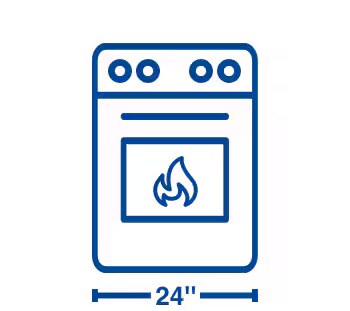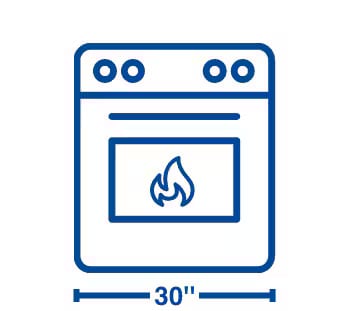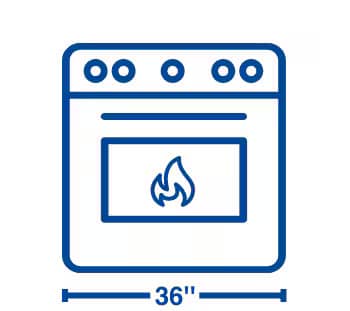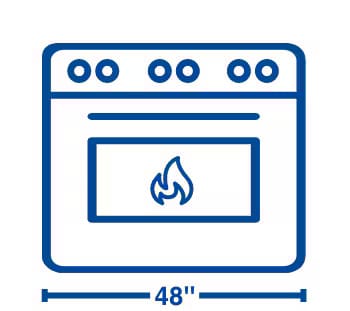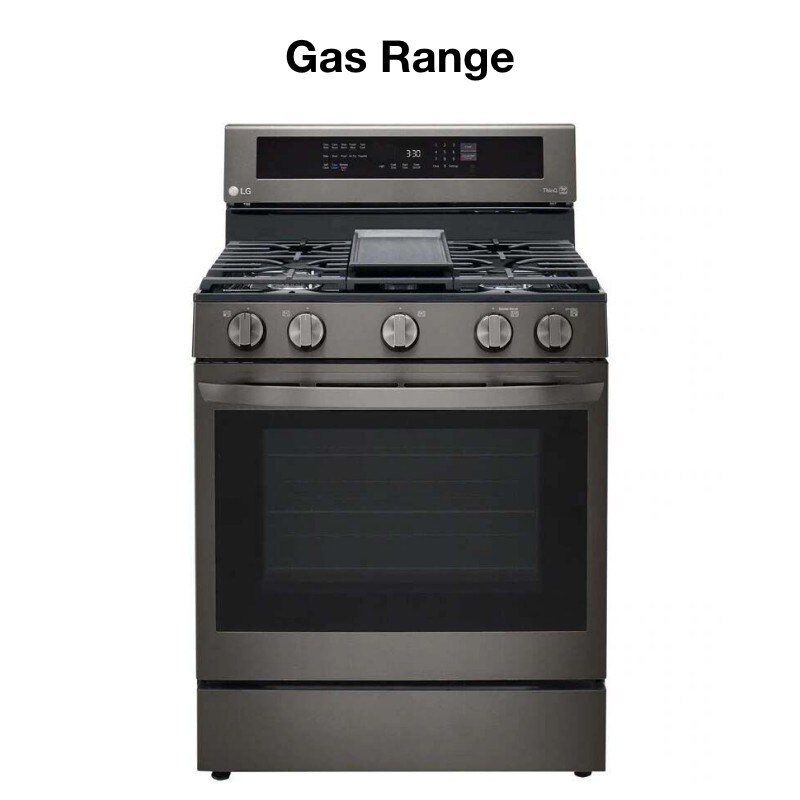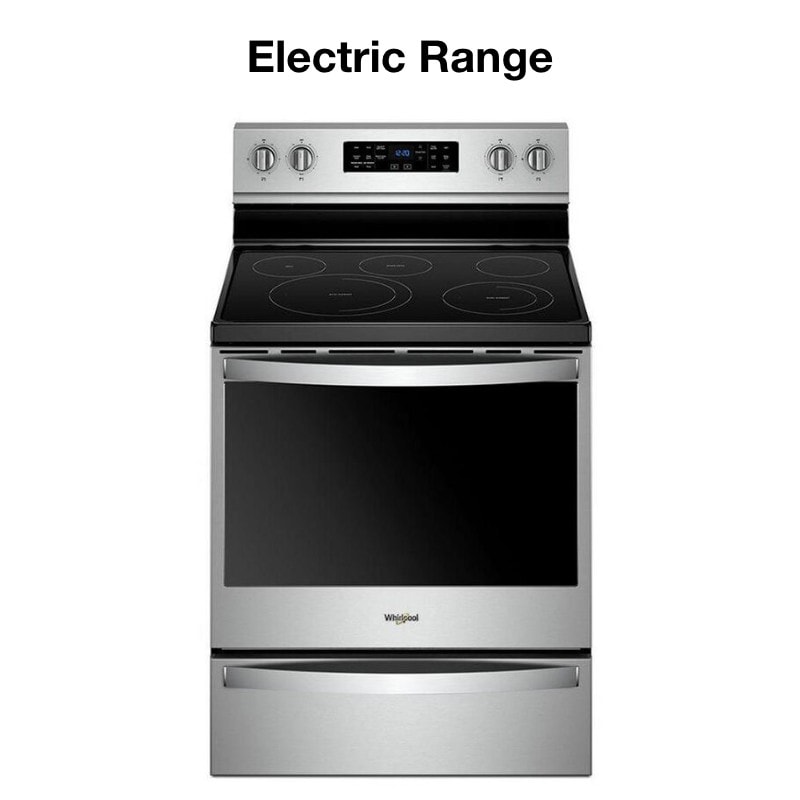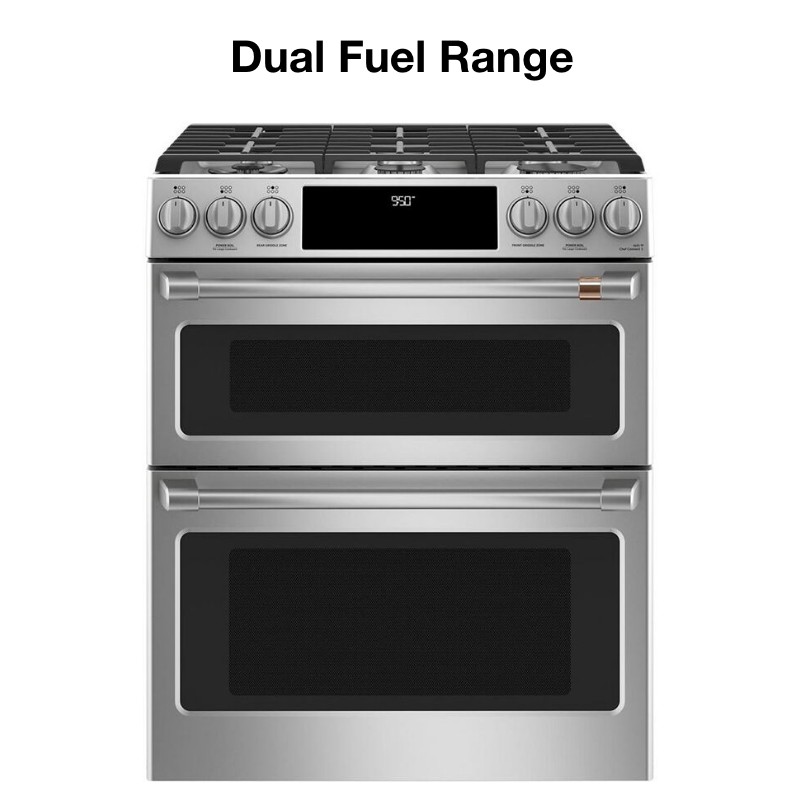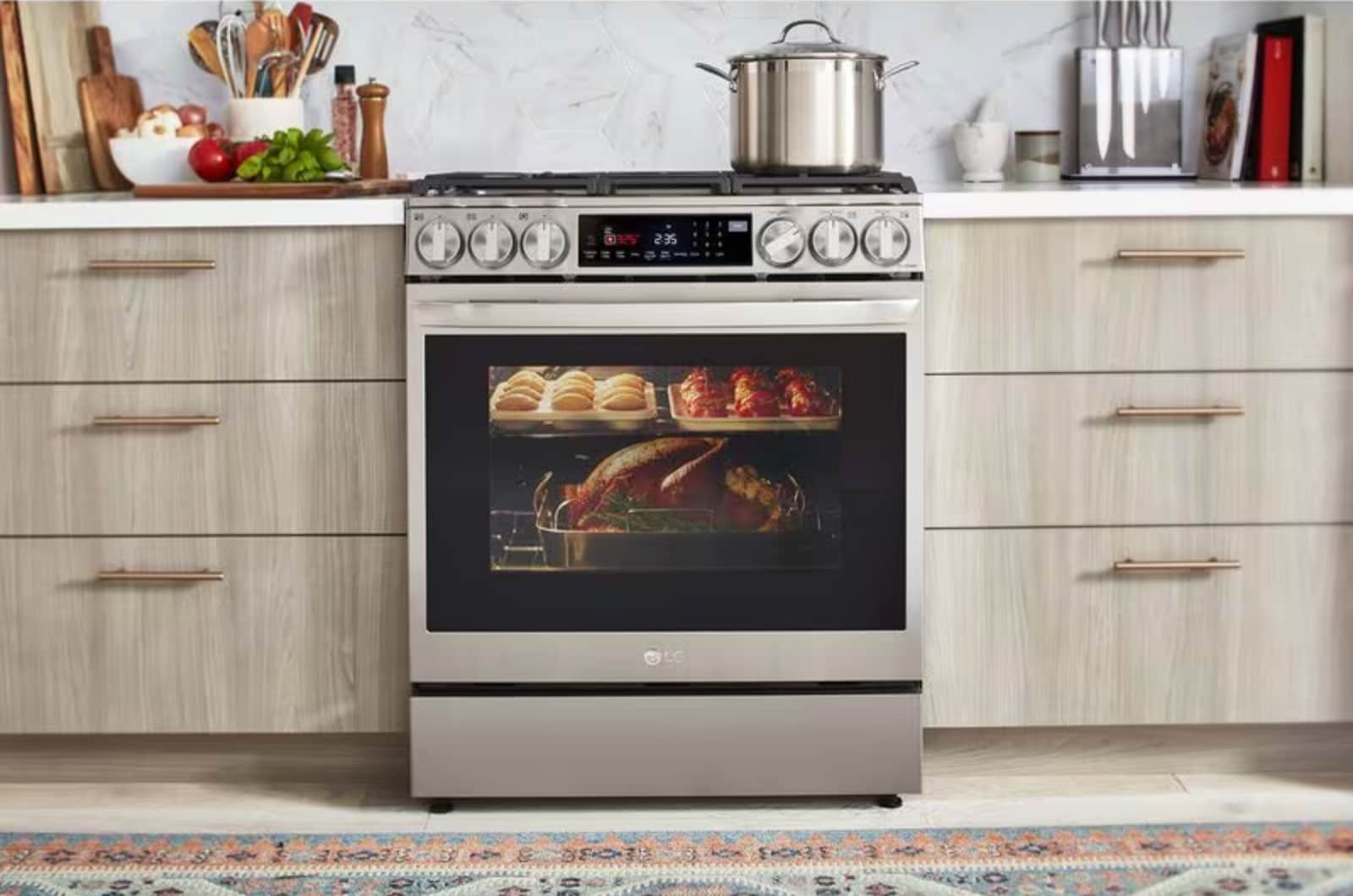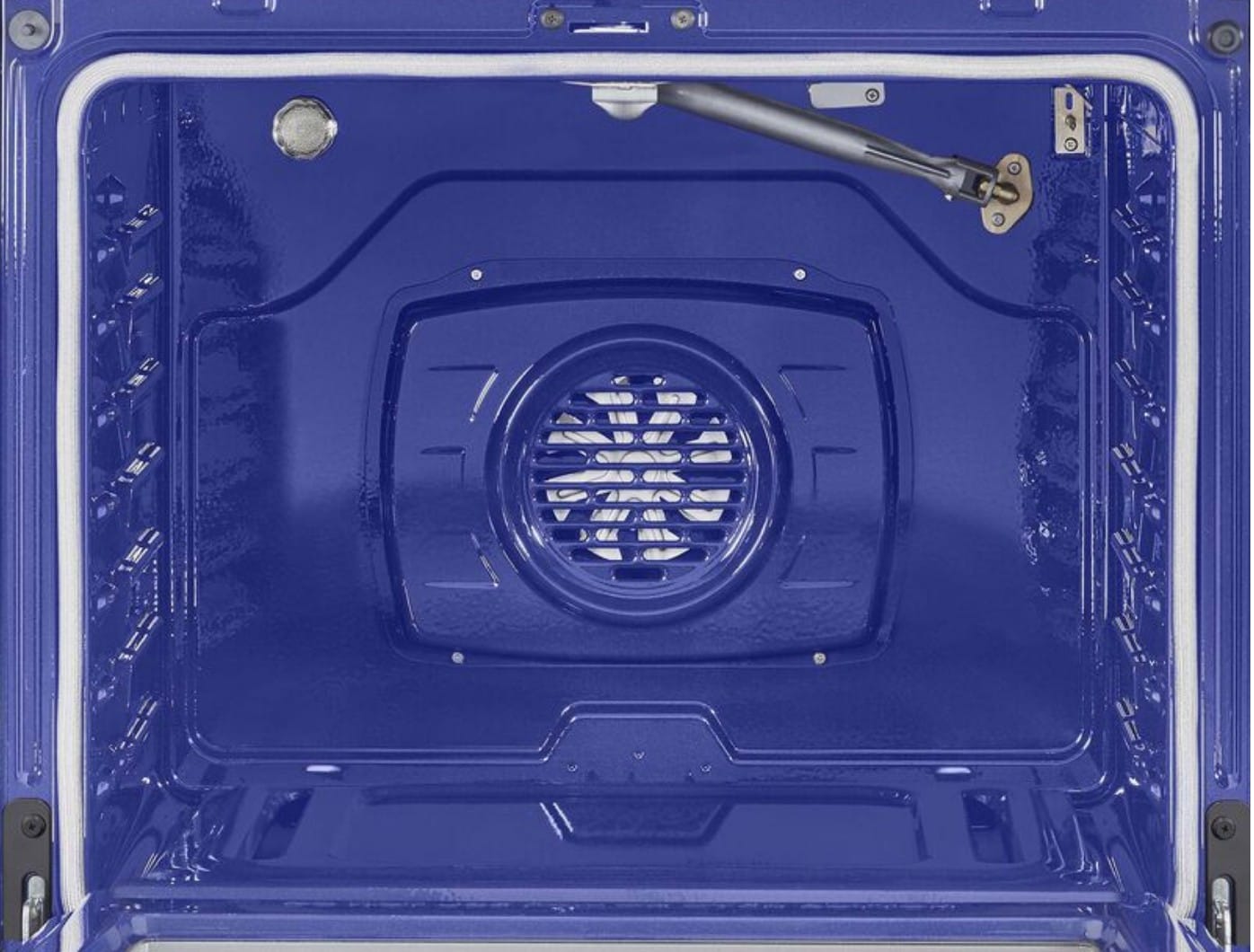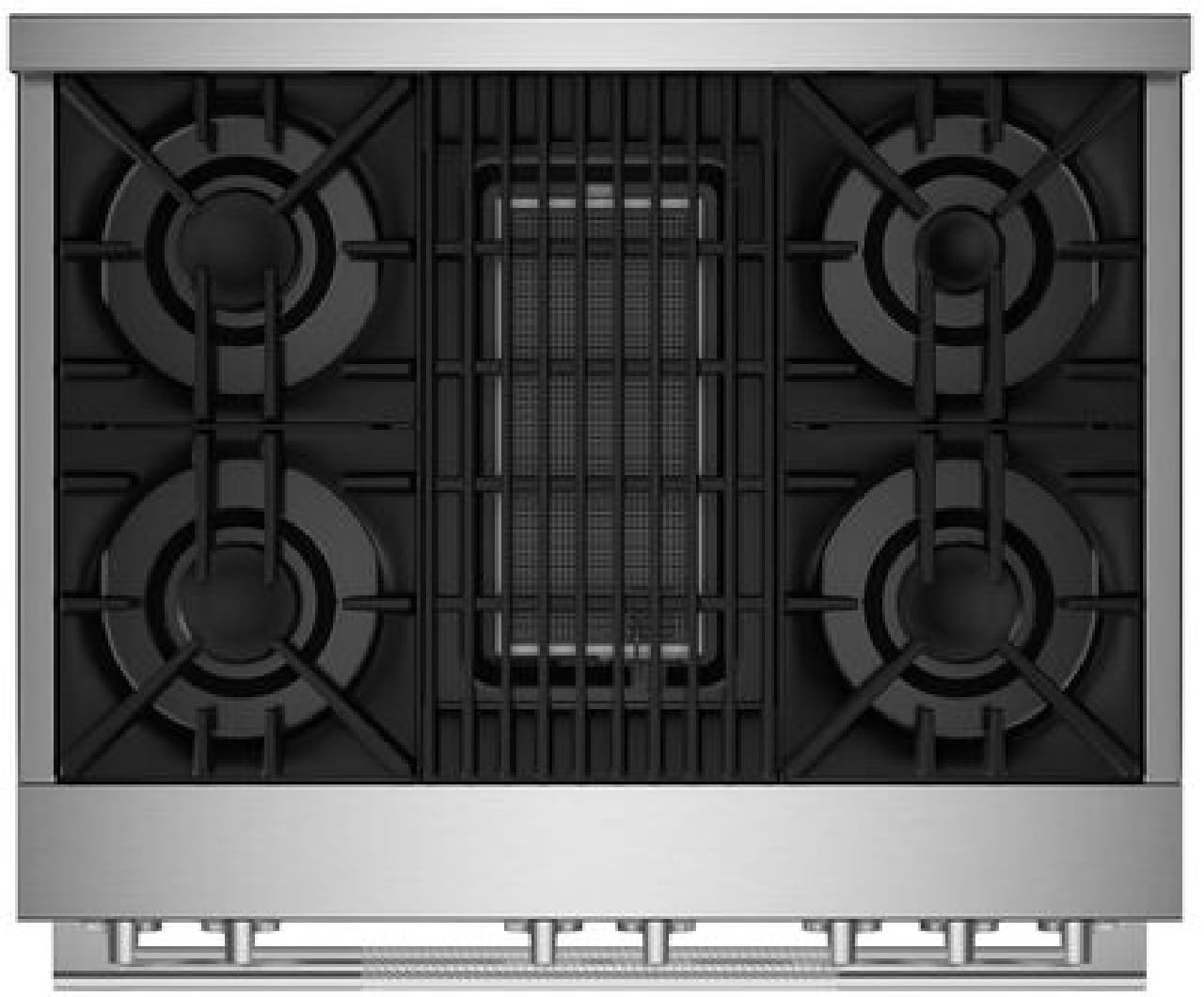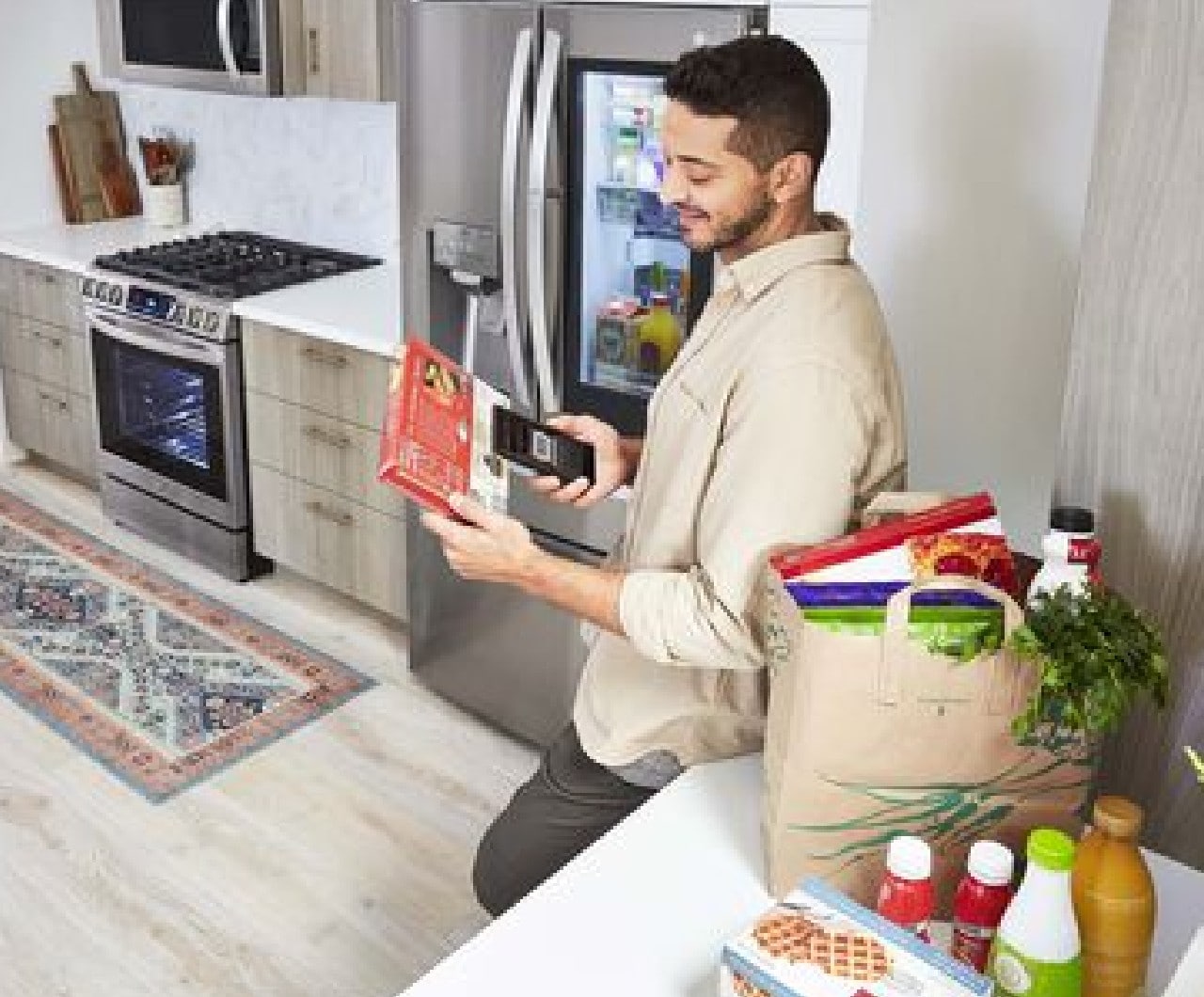Ranges: What To Consider When Purchasing
Posted on September 10, 2024 By Pat D - Director of TrainingNot sure where to start? We've got you covered
There are a few things you should keep in mind when selecting a new Range.
Range Sizes
First, what size range do you really need? It's the width of the range that will determine the size that's best for you. Ranges are available in 20 inches wide, 24 inches wide, 30 inches wide, which by the way, is the most common size, and 36 inches wide. High end ranges can also be found in 48 inches and even 60 inches wide.
Fuel Types
Next is the fuel type. Will you be connecting you range to gas or electric?
Most Gas Ranges today are designed for natural gas, but most of these can also be converted to work with LP gas. Today's ranges are also available in Dual Fuel. Dual fuel utilizes both gas and electric. The benefit of a dual fuel range is that you have the great control of the gas cooking surface on the top, and an electric oven that provides consistent temperature control.
Most Gas Ranges today are designed for natural gas, but most of these can also be converted to work with LP gas. Today's ranges are also available in Dual Fuel. Dual fuel utilizes both gas and electric. The benefit of a dual fuel range is that you have the great control of the gas cooking surface on the top, and an electric oven that provides consistent temperature control.
Color / Finish
Installation Type
Let's take a look at different installation types. The most common would be freestanding ranges. Available in both gas and electric, this range typically sits between two counter surfaces, but can also stand on its own as both sides are finished. Freestanding ranges also have a backsplash where you most often find the range controls and the clock. Next is a sliding range. A slide-in range allows you to have a seamless look of your backsplash, without looking at the back guard of a range. Slide-in ranges feature of the burner and upper controls up front, so that you never need to reach over a hot surface to adjust the burner. Keep in mind, the sides are usually unfinished, therefore they must be placed between two cabinets. Drop-in ranges, like sliding ranges, have a lip that overhangs the countertop. They do however, require customized cabinetry as they are dropped into the prepared space with a cabinet toe-kick panel at the bottom. This offers a very nice customized look to your kitchen, as a toe-kick kick runs continuously across the front of the range and not interrupted by the appliance. These are just the basic areas that must be addressed when selecting your new range. They offer many convenient features that will help you cook like a pro.
Popular Features
Other popular features with ranges today include:
Ranges with Air Fryers
Enjoy even more cooking options with a built-in air frying function. You'll get the crispy texture of fried food without actually frying!
Enjoy even more cooking options with a built-in air frying function. You'll get the crispy texture of fried food without actually frying!
Ranges with Convection Ovens
Convection baking uses an internal fan to evenly distribute heat throughout the oven cavity, giving you evenly-cooked and consistent results.
Convection baking uses an internal fan to evenly distribute heat throughout the oven cavity, giving you evenly-cooked and consistent results.
Ranges with Griddles
When you've got a griddle on your range, you'll have the versatility and the space to grill pancakes, sear steaks, stir fry veggies, and more.
When you've got a griddle on your range, you'll have the versatility and the space to grill pancakes, sear steaks, stir fry veggies, and more.
Ranges with Grills
Looking to grill over an open flame in the comfort of your own kitchen? A range with a built-in grill is the answer!
Looking to grill over an open flame in the comfort of your own kitchen? A range with a built-in grill is the answer!
Smart Ranges
See for yourself how next-level technology can make every cooking task easier.
See for yourself how next-level technology can make every cooking task easier.
